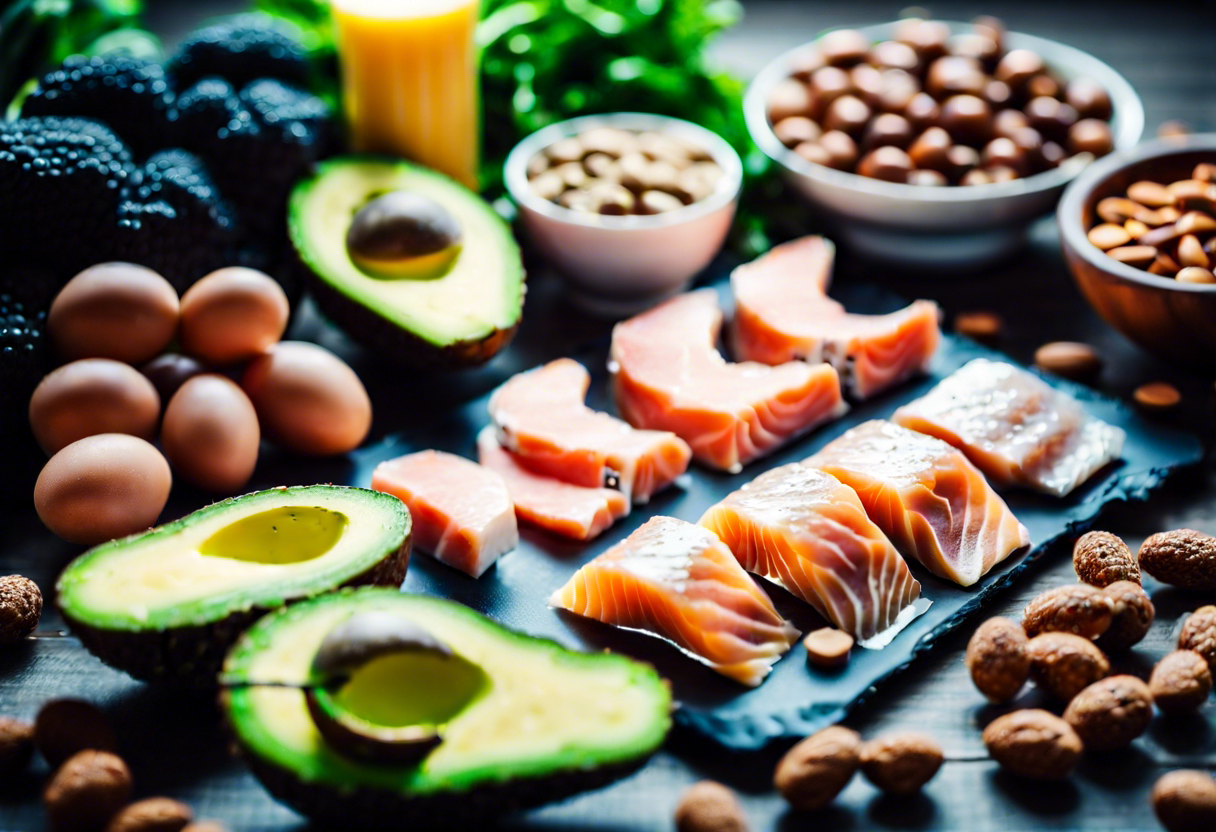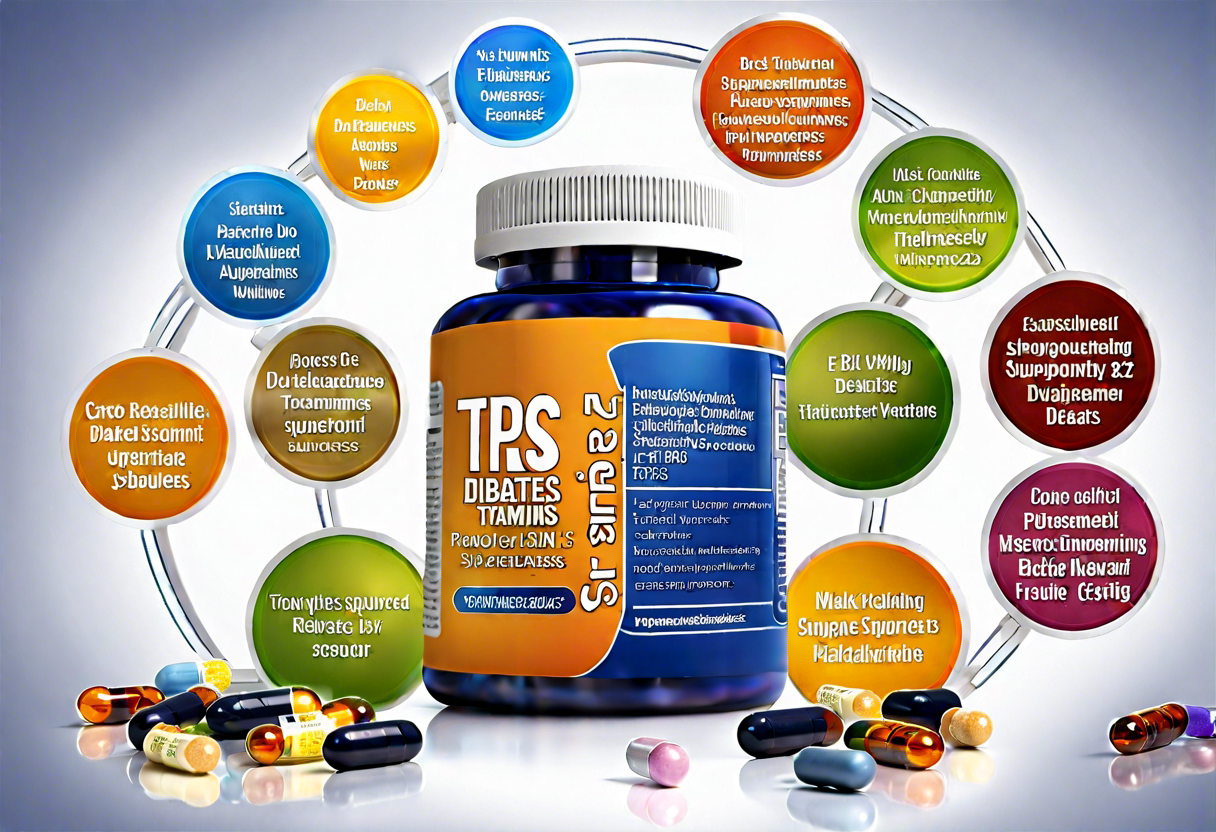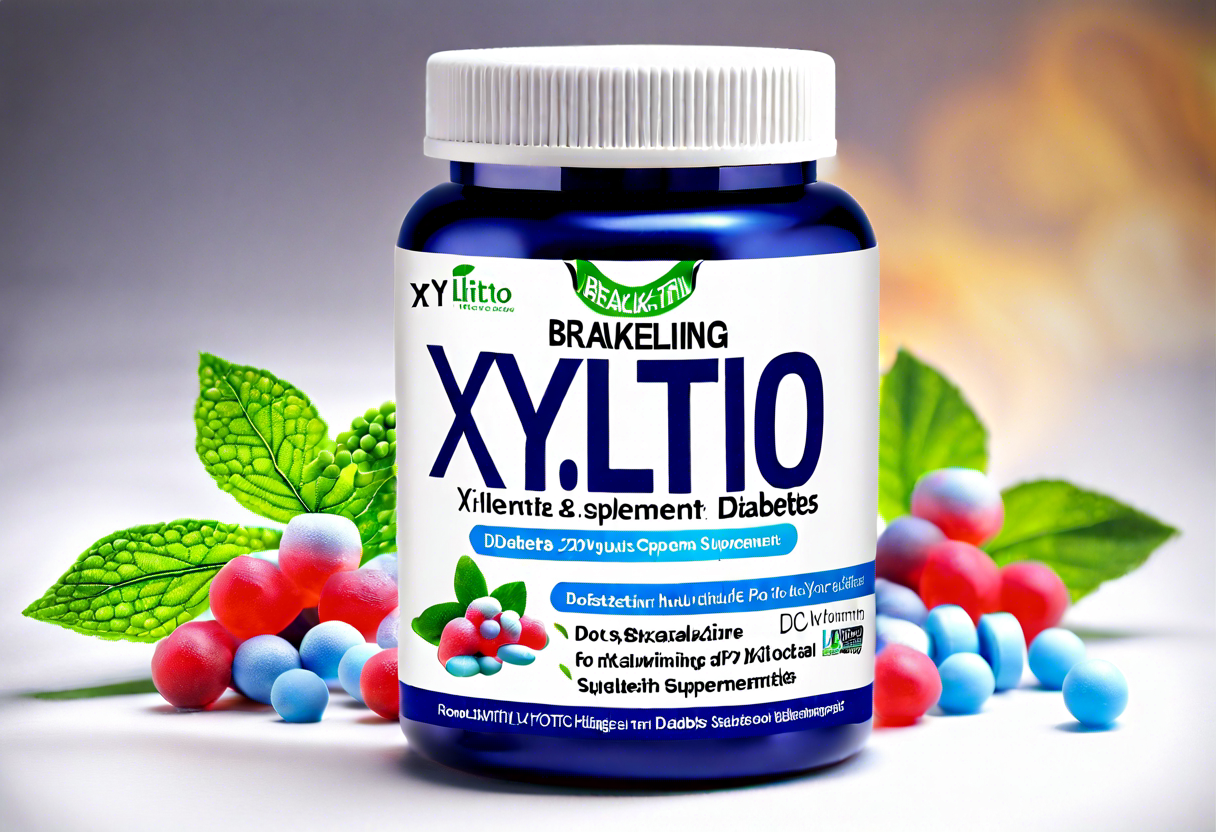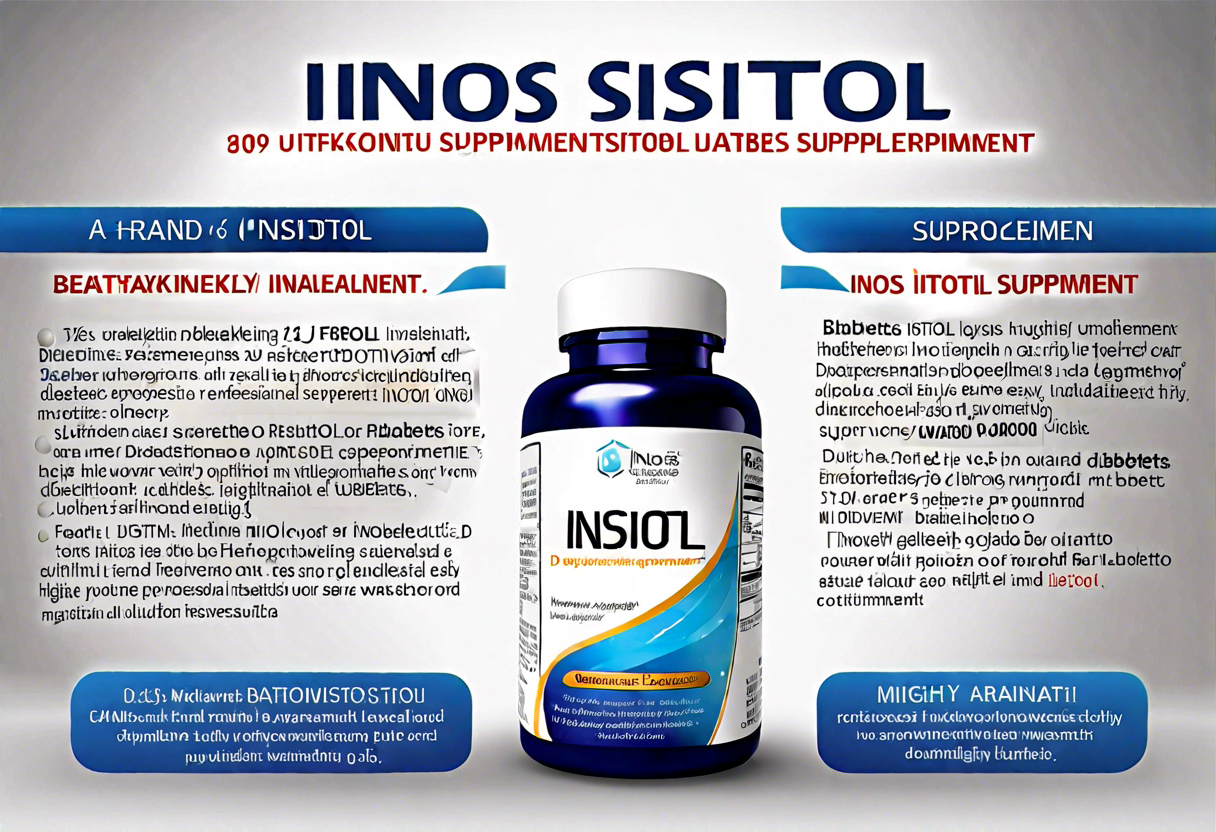Benefits of the Keto Diet Plan for Weight Loss
When it comes to weight loss, many people have turned to the Keto Diet Plan as a highly effective method. The ketogenic diet is a low-carbohydrate, high-fat diet that prompts the body to enter a state of ketosis. This metabolic state allows your body to burn fat for fuel instead of glucose, resulting in accelerated weight loss. But what are the specific benefits of following a keto diet plan for weight loss?
1. Rapid Weight Loss: One of the primary advantages of the keto diet plan is its ability to promote rapid weight loss. By drastically reducing carbohydrate intake and increasing fat consumption, the body begins to burn stored fat for energy. This leads to a significant reduction in body weight and fat percentage.
2. Increased Fat Burning: The ketogenic diet puts your body in a state of ketosis, enabling it to burn fat more efficiently for fuel. As a result, your body becomes a fat-burning machine, using stored fat as its primary source of energy.
3. Reduced Appetite: The keto diet plan promotes satiety and reduces hunger cravings. By consuming adequate amounts of protein and healthy fats, you’ll feel fuller for longer periods, ultimately leading to a decreased caloric intake.
4. Improved Insulin Sensitivity: Following a keto diet plan can enhance insulin sensitivity, which is crucial for individuals with insulin resistance or prediabetes. By reducing carbohydrate intake, blood sugar levels stabilize, and insulin sensitivity improves, contributing to better overall health and weight management.
5. Enhanced Mental Clarity: In addition to its weight loss benefits, the keto diet plan has been linked to improved cognitive function. The brain prefers ketones as a source of energy, and by following a keto diet, you provide your brain with a steady supply of ketones, resulting in enhanced mental clarity and focus.
6. Increased Energy Levels: Transitioning to a keto diet plan can lead to a significant boost in energy levels. As your body adapts to burning fat for fuel, you will experience a stable source of energy that lasts throughout the day, preventing energy crashes commonly associated with high-carbohydrate diets.
7. Positive Metabolic Effects: The ketogenic diet has shown to have positive effects on various metabolic markers. It can improve triglyceride and cholesterol levels and reduce blood pressure, ultimately reducing the risk of cardiovascular diseases.
These are just a few of the many benefits associated with incorporating a keto diet plan for weight loss. By following this low-carbohydrate, high-fat eating approach, you can achieve significant weight loss results while enhancing overall health and well-being.
Keto Diet Plan for Weight Loss: Key Dietary Guidelines for Success
When it comes to a keto diet plan for weight loss, there are several key dietary guidelines that can help you achieve success. The ketogenic diet is a low-carb, high-fat eating plan that has been shown to be effective for weight loss. By following these guidelines, you can maximize the benefits of the keto diet and reach your weight loss goals.
1. Reduce Carbohydrate Intake: The main principle of the keto diet is to significantly reduce your carbohydrate intake. This is because when you limit carbs, your body enters a state of ketosis, where it burns fat for fuel instead of carbohydrates. It is recommended to consume less than 50 grams of carbohydrates per day to maintain ketosis.
2. Focus on Healthy Fats: While the keto diet restricts carbohydrates, it encourages the consumption of healthy fats. Good sources of healthy fats include avocados, nuts and seeds, olive oil, and fatty fish. These fats provide essential nutrients and help keep you feeling satisfied and full.
3. Moderate Protein Intake: In addition to reducing carbohydrates, it’s important to moderate your protein intake on the keto diet. Consuming too much protein can hinder ketosis, as excess protein can be converted into glucose. Aim for a moderate amount of protein sources such as lean meats, poultry, eggs, and dairy products.
4. Stay Hydrated: Adequate hydration is essential on a keto diet plan. Since carbohydrates retain water in your body, reducing carb intake can lead to increased water loss. Make sure to drink plenty of water throughout the day to stay hydrated and support your overall health.
5. Include Non-Starchy Vegetables: While the keto diet is low in carbohydrates, it’s important to include non-starchy vegetables in your meal plan. Vegetables such as leafy greens, broccoli, cauliflower, and zucchini are low in carbs and rich in essential vitamins, minerals, and fiber.
6. Monitor Electrolyte Levels: When following a keto diet, it’s essential to monitor your electrolyte levels, especially in the initial stages. Since carbohydrates retain water, your body may excrete more electrolytes as you transition into ketosis. Be sure to include sources of sodium, potassium, and magnesium in your diet or consider supplements if necessary.
7. Plan Ahead and Track Macros: Planning your meals in advance and tracking your macronutrient intake can help you stay on track with your keto diet plan. There are various mobile apps and online tools available that can assist you in monitoring your daily intake of carbohydrates, fats, and protein.
By following these key dietary guidelines, you can optimize your keto diet plan for weight loss and increase your chances of success. Remember to consult with a healthcare professional or registered dietitian before starting any new diet or weight loss plan to ensure it aligns with your individual needs and goals.
The Best Foods to Include in a Keto Diet Plan for Weight Loss
When following a keto diet plan for weight loss, it is important to choose foods that are low in carbohydrates and high in healthy fats. These foods will help to keep your body in a state of ketosis, where it burns fat for energy instead of carbohydrates. Here are some of the best foods to include in a keto diet plan:
-
Meat and Poultry: meats and poultry into your keto diet plan is a great way to get the protein your body needs while also staying in ketosis. Opt for options like beef, chicken, turkey, and pork, which are all low in carbs.
-
Fatty Fish: Fish such as salmon, trout, and mackerel are not only delicious but are also packed with healthy omega-3 fatty acids. These fats are beneficial for heart health and can help to reduce inflammation in the body.
-
Eggs: Eggs are an incredibly versatile and nutritious food that can be enjoyed at any meal. They are high in protein and healthy fats, making them an excellent choice for a keto diet plan.
-
Low-Carb Vegetables: low-carb vegetables into your keto diet plan is a great way to add essential vitamins, minerals, and fiber. Examples of low-carb vegetables include leafy greens like spinach and kale, broccoli, cauliflower, zucchini, and bell peppers.
-
Avocados: Avocados are a true superfood when it comes to a keto diet plan. They are high in healthy fats, low in carbs, and are packed with important nutrients such as potassium and magnesium.
-
Nuts and Seeds: Nuts and seeds are a great source of healthy fats and can provide a satisfying crunch to your meals or snacks. Examples of keto-friendly nuts and seeds include almonds, walnuts, chia seeds, and flaxseeds.
-
Full-fat Dairy Products: Dairy products like full-fat cheese, butter, and cream can be enjoyed in moderation on a keto diet plan. They are rich in healthy fats and can add flavor and richness to your meals.
-
Healthy Oils: healthy oils such as olive oil, coconut oil, and avocado oil into your keto diet plan is a great way to increase your intake of healthy fats.
-
Berries: While most fruits are high in carbs and not recommended on a keto diet plan, berries such as strawberries, raspberries, and blackberries are lower in carbs and can be enjoyed in moderation.
When following a keto diet plan for weight loss, it is important to focus on these foods and avoid high-carb options such as grains, sugars, and processed foods. Remember to listen to your body and adjust your portions according to your individual needs and goals. By incorporating these foods into your keto diet plan, you can achieve successful weight loss while enjoying delicious and nutritious meals. Don’t forget to consult with a healthcare professional or nutritionist before starting any new diet plan.
Related websites:
Keto Diet Plan: Overcoming Common Challenges
Starting a keto diet plan can be an effective way to achieve weight loss goals, but it’s not without its challenges. Staying motivated and sticking to the plan can sometimes be difficult. However, with the right strategies, you can overcome common challenges and stay on track towards your weight loss goals.
1. Managing Carb Cravings: One of the biggest challenges of following a keto diet plan is dealing with cravings for carbohydrates. Since the diet restricts carbs, your body may initially crave them. To overcome this challenge, it’s important to incorporate healthy fats and protein-rich foods into your meals. These nutrient-dense options can help keep you feeling satisfied and reduce cravings.
2. Avoiding Social Pressure: Social situations that involve food can be a challenge when following a keto diet plan. It’s common to feel pressured to indulge in high-carb meals or snacks. To overcome this challenge, it’s important to plan ahead. Bring your own keto-friendly dish to gatherings or eat before attending an event. This will help you stay on track and avoid succumbing to social pressure.
3. Dealing with Keto Flu: When starting a keto diet plan, some individuals may experience what is known as the “keto flu.” This is a temporary set of symptoms that can include fatigue, headaches, and irritability. To overcome this challenge, it’s important to stay hydrated, replenish electrolytes, and consume foods rich in magnesium and potassium. bone broth and leafy greens can help alleviate symptoms of the keto flu.
4. Plateauing in Weight Loss: It’s common to experience weight loss plateaus while following a keto diet plan. This can be discouraging and make it tempting to give up. To overcome this challenge, it’s important to reassess your calorie intake and make adjustments if necessary. Tracking your macros and experimenting with intermittent fasting can also help break through plateaus and continue to see progress.
5. Boredom with Food Choices: Following a keto diet plan can sometimes feel restrictive, leading to boredom with food choices. To overcome this challenge, it’s important to explore different recipes and experiment with new ingredients. Incorporate a variety of vegetables, healthy fats, and proteins to keep meals interesting and satisfying. Utilize online resources and cookbooks for inspiration.
By being aware of these common challenges and implementing strategies to overcome them, you can stay committed to your keto diet plan for weight loss. Remember to stay consistent, seek support from others following the same lifestyle, and celebrate your small victories along the way. With determination and perseverance, you can achieve your weight loss goals on a keto diet plan.
Tips for Maintaining Weight Loss on a Keto Diet Plan
Congratulations on successfully achieving your weight loss goals with the keto diet plan! Now that you’ve shed the pounds, it’s important to establish healthy habits to maintain your weight loss in the long run. By following a few simple tips, you can stay on track and enjoy the benefits of a healthier, leaner body.
1. Stick to a Balanced Keto Diet: Transitioning from weight loss mode to weight maintenance doesn’t mean you have to abandon the keto diet altogether. Instead, focus on incorporating a wider variety of foods while still keeping your carb intake low. Ensure you’re consuming enough protein, healthy fats, and plenty of non-starchy vegetables to support your overall health.
2. Continue Tracking Your Macros: While you may have become accustomed to tracking your macronutrients during your weight loss journey, it’s still important to keep tabs on them during maintenance. Monitoring your carb, protein, and fat intake can help ensure you’re maintaining the appropriate balance for sustained weight loss.
3. Practice Portion Control: Although you may be less focused on calorie restrictions during maintenance, portion control is still vital. Keep an eye on your serving sizes to prevent overeating, which can lead to weight regain. Consider using smaller plates and bowls to help manage portion sizes effectively.
4. Make Physical Activity a Priority: Regular exercise plays a crucial role in maintaining weight loss. Incorporate both cardiovascular workouts and strength training into your routine to support muscle growth, boost metabolism, and ensure overall fitness. Aim for at least 150 minutes of moderate-intensity aerobic activity per week, along with two or more days of strength training.
5. Stay Hydrated: Drinking an adequate amount of water is essential for your overall health and weight management. Not only does water help to control hunger and cravings, but it also aids digestion and metabolism. Aim for at least eight glasses of water per day and adjust the amount based on your physical activity level and individual needs.
6. Prioritize Sleep and Stress Management: Adequate sleep and stress management are integral to maintaining a healthy weight. Lack of sleep can disrupt your hormone levels, leading to increased hunger and cravings. Implement relaxation techniques such as meditation, deep breathing, or yoga to manage stress effectively, as stress can often trigger emotional eating.
By adopting these tips, you can continue reaping the benefits of your successful keto diet plan and maintain your weight loss for the long term. Remember that consistency and finding a sustainable balance are key to achieving a healthy lifestyle.
Conclusion
The keto diet plan for weight loss offers numerous benefits that can help individuals achieve their desired health and fitness goals. By following key dietary guidelines, including limiting carbohydrate intake and focusing on high-fat, moderate-protein foods, individuals can successfully enter a state of ketosis and promote fat burning for energy. the best foods for a keto diet, such as fatty fish, avocados, and low-carb vegetables, ensures a well-rounded and nutritious eating plan. Although challenges may arise on a keto diet, such as the keto flu or social pressures, they can be overcome with proper planning and support. By implementing strategies like practicing mindful eating and staying consistent with exercise, individuals can maintain weight loss and enjoy long-term success on a keto diet plan.
One of the significant benefits of the keto diet plan for weight loss is its ability to accelerate fat burning. By significantly reducing carbohydrate intake, the body is forced to turn to fat stores for fuel, promoting weight loss. Additionally, the increase in dietary fat and moderate protein intake helps individuals feel fuller for longer, reducing overall calorie consumption and supporting weight loss goals.
To maximize the effectiveness of a keto diet plan, there are key dietary guidelines to follow. These include limiting carbohydrate intake to 20-50 grams per day, increasing fat consumption to approximately 70-75% of total daily calories, and consuming moderate protein. It is crucial to prioritize healthy fats, such as those found in avocados, nuts, and olive oil, while avoiding processed foods and trans fats.
When it comes to selecting foods for a keto diet plan, certain choices are particularly beneficial for weight loss. Fatty fish, such as salmon and sardines, provide essential omega-3 fatty acids and protein. Avocados are a rich source of healthy fats and fiber, promoting satiety. Low-carb vegetables like leafy greens and cruciferous vegetables are packed with nutrients while being low in carbohydrates.
While following a keto diet plan, individuals may face challenges such as the keto flu, which can cause fatigue, headaches, and irritability. However, these symptoms can be minimized by staying hydrated, consuming enough electrolytes, and gradually easing into the diet. Social situations that involve high-carb foods can also pose challenges, but planning ahead, communicating with others, and focusing on alternative options can help overcome these obstacles.
To maintain weight loss on a keto diet plan, it is essential to establish healthy habits and a sustainable approach. regular exercise, such as strength training and cardio, can help preserve lean muscle mass and boost metabolism. Practicing mindful eating, such as paying attention to hunger and fullness cues, can prevent overeating. It is crucial to monitor progress and make adjustments as needed to ensure continued success.
The keto diet plan for weight loss offers numerous benefits and can be a successful approach for individuals looking to shed excess pounds. By adhering to key dietary guidelines and incorporating the best foods for a keto diet, individuals can enter a state of ketosis and promote fat burning for energy. While facing challenges, it is crucial to stay committed, seek support, and overcome obstacles. By implementing long-term strategies and maintaining healthy habits, individuals can achieve and sustain their weight loss goals on a keto diet plan.









